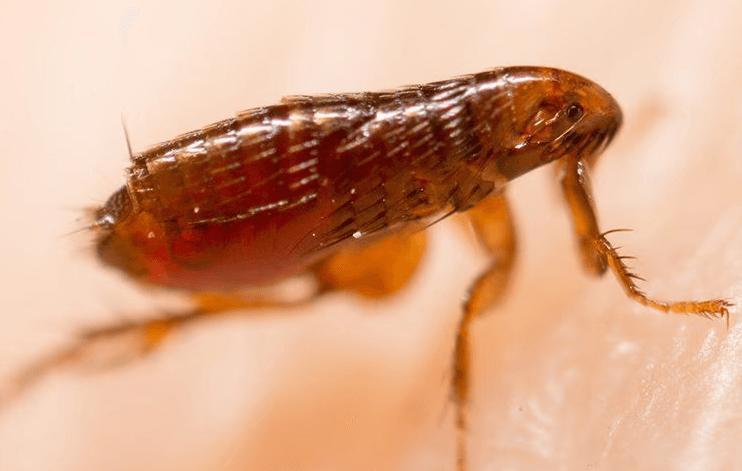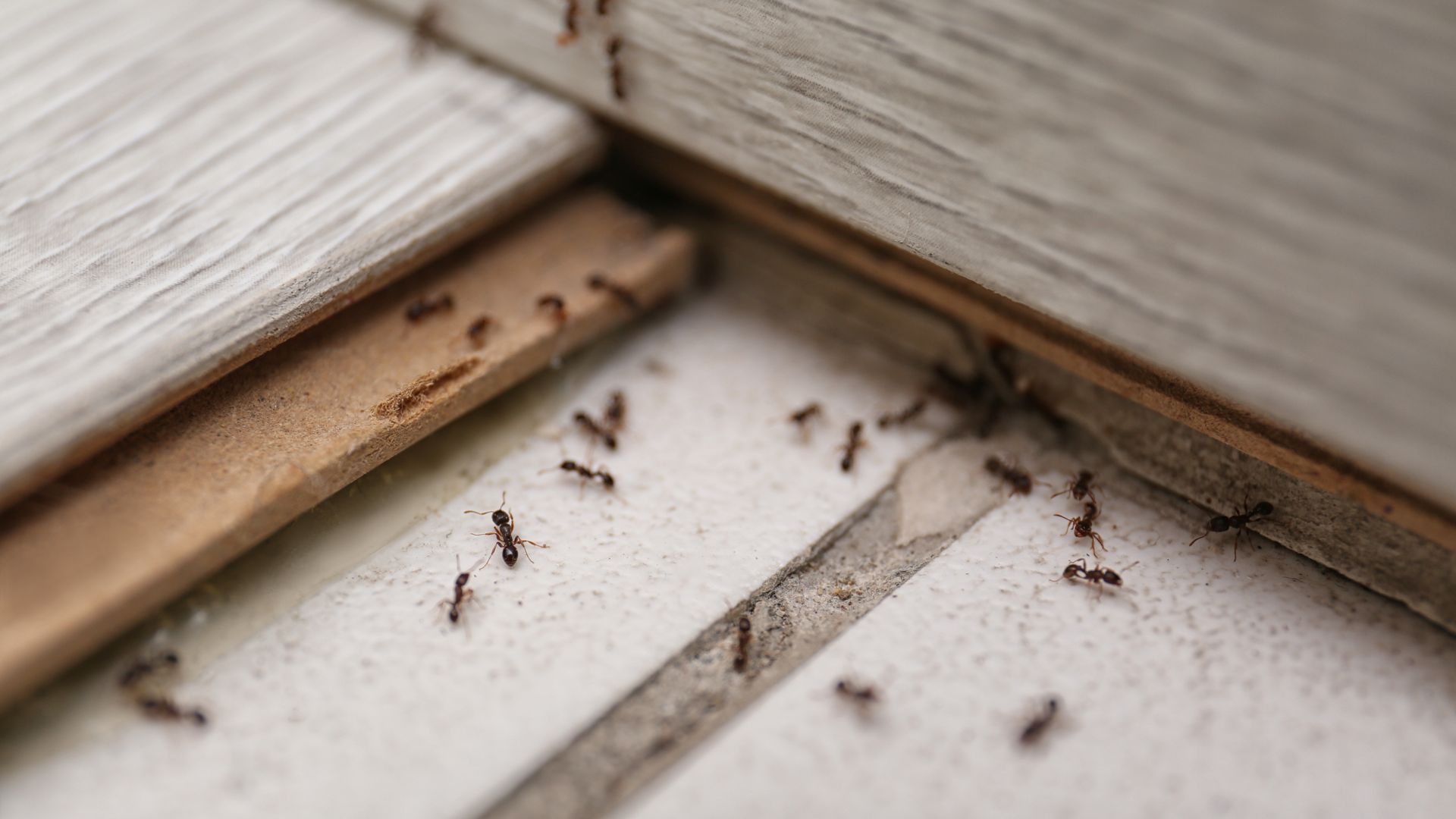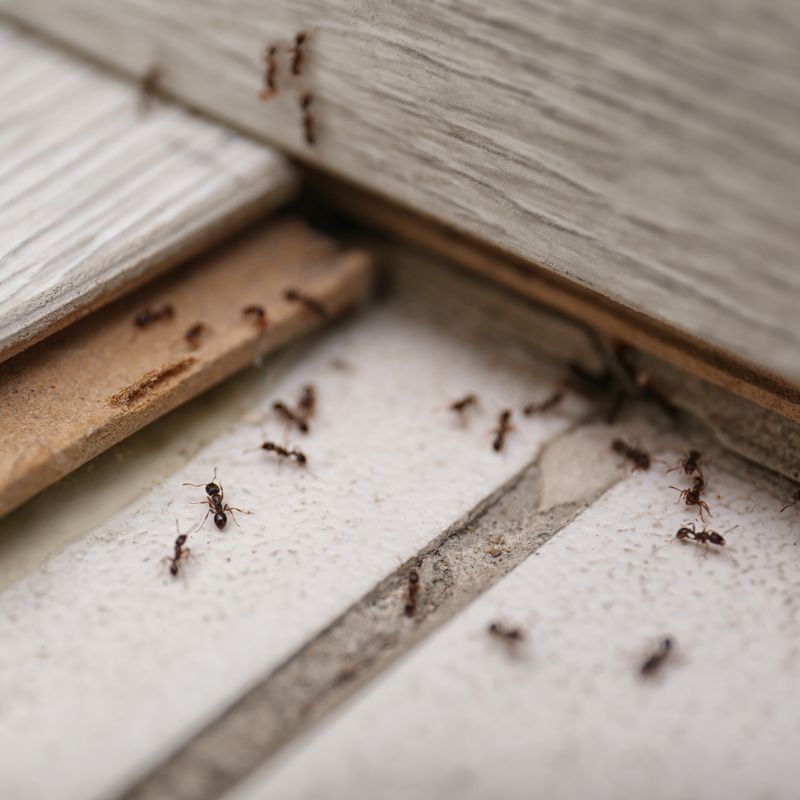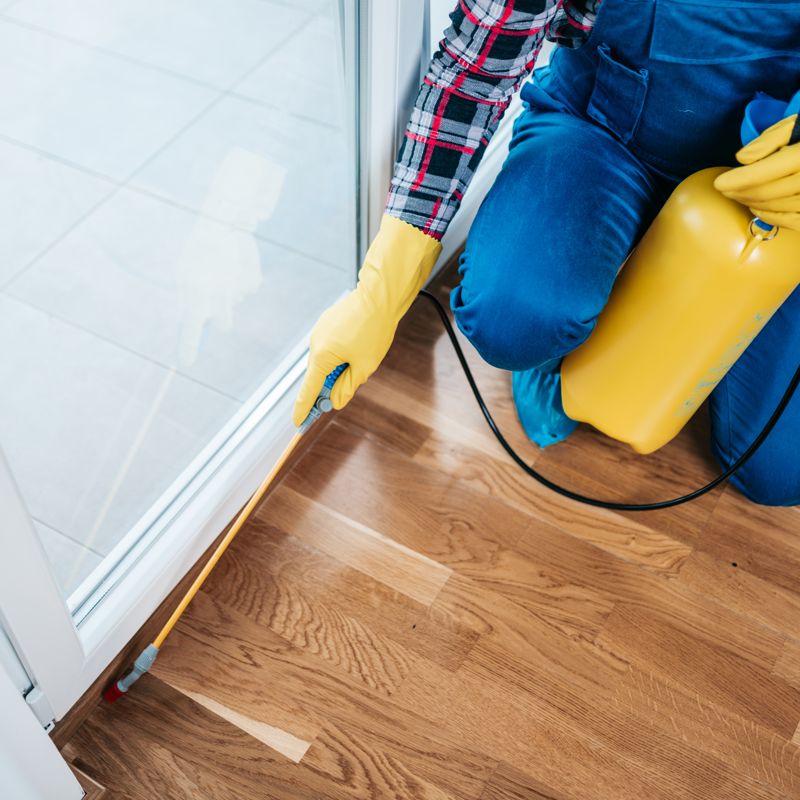Winning The Battle Against Fleas: Effective Control Strategies For Suffolk County Homes

If you’ve been finding tiny, red, itchy bumps on your body or have noticed your dog or cat scratching a lot more than usual, fleas could be the culprit. These pests may be small, but they are mighty, and they’re a big problem for homes in Suffolk County. Knowing how to avoid a flea infestation and knowing where to turn for flea control in Suffolk County is essential. Read on to find out how to do both.
The Flea Life Cycle: Understanding Their Stages
The flea life cycle has four stages. Fleas start as eggs, then hatch into larvae. Both eggs and larvae are extremely small and translucent white, so they are very difficult to see with the naked eye. The third stage of the flea life cycle is the pupal stage, which is when the flea builds a cocoon. From there, it emerges as an adult flea. Adult fleas are about the size of a pepper flake, so even at their largest, they’re not easy to see. The entire life cycle of a flea can happen within a couple of weeks or can take many months. The timeline is dependent on the environmental conditions surrounding the flea.
The Hidden Dangers Of Fleas: Understanding The Hazards
If fleas get into your house, it’s not uncommon to discover flea bites on your legs after a night’s rest. Ankles are a favorite spot for them to bite, but they’ll bite you anywhere they can if they need a meal.
While it would be nice if an itchy bite was the only problem caused by fleas, that is unfortunately not the case. Like many parasites, fleas can transmit diseases through their bites, making them a little bit more dangerous than bed bugs, which aren’t known to spread diseases. Murine typhus and tularemia are two of the diseases they spread. They can also transmit tapeworm, which is more common in pets than in the humans in your home. Pets also have a greater chance of becoming anemic due to a large flea infestation.
Flea Prevention Goes Beyond Just Your Pets: Tips And Tricks
While proper flea prevention for your pets is essential in effective flea prevention, it’s not the only thing you can do to avoid a flea problem in your Suffolk County house. There are several things you can do to help minimize your chances of getting fleas in your house or around your yard.
Make sure your pets stay up-to-date on their flea treatments.
Vacuum your floors and rugs regularly.
Wash bedding regularly.
Keep your grass trimmed.
Remove debris from your lawn and yard.
Address any rodent issues around your property since fleas usually get near your house by riding in on these pests.
Remove outdoor food sources, like pet food or bird seed.
Remove outdoor water sources and take care of any areas of excess moisture.
Cut back foliage around your house.
Seal all cracks and crevices leading into your house.
By taking steps to prevent a flea infestation, you can avoid the frustration and difficulty of eliminating a flea problem in your home.
Getting Rid Of Fleas: Contact Us For Effective Control
At the first signs of a flea infestation in your Suffolk County home, you have to get effective flea control for your house. Many people try do-it-yourself flea treatments, but these usually only eliminate some of the fleas. You may see a temporary reprieve from the infestation, but it will return in a few weeks’ time when the eggs that you didn’t get or the pupae that were safely ensconced in their cocoons come out.
Your best choice for thorough flea extermination is A&M Quality Pest Control. Our professional team is licensed and insured and offers warrantied services that work. We understand flea life cycles and know which products to use and when to use them to ensure every flea in every stage of development is fully eliminated. Contact us today to get rid of your flea problem.



